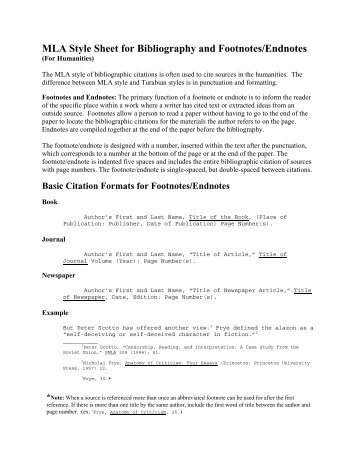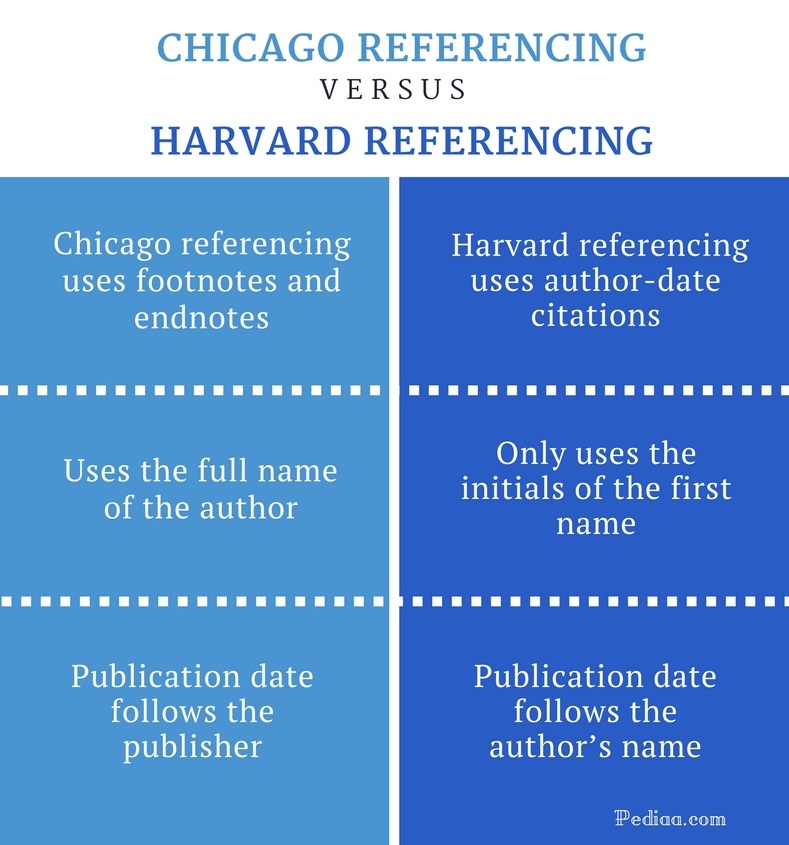

Indent the first line of each note half an inch like a paragraph in the main text.

For note numbers in the text, use superscript.Each footnote should appear at the bottom of the page that includes its numbered in-text reference.Turabian’s A Manual for Writers of Research Papers, Theses, and Dissertations. Here’s how to format footnotes for a Chicago-style paper following the guidelines in Kate L. (If your notes are very long or complex, however, endnotes may be the better choice.) This is especially true for discursive notes that include commentary on the text. In most cases footnotes are easier to read than endnotes. Unless your department specifies, choose footnotes rather than endnotes. Unlike endnotes, which appear at the end of the paper (or sometimes at the end of each chapter), footnotes appear at the foot-the bottom-of the page. Where that is not the case, the short form should include the issue number in addition to the volume number (i.e., “63 (2): 225”).If you cite your sources in your thesis or dissertation (or class paper) using numbered notes, you will usually have the option of using footnotes. The page numbering for Economic Development and Cultural Change is continuous throughout a single volume. Rosenblum, Economic Development and Cultural Change 63:225. Rosenblum, “Female Mortality in India,” 225.ģ. Daniel Rosenblum, “Unintended Consequences of Women’s Inheritance Rights on Female Mortality in India,” Economic Development and Cultural Change 63, no.

In the absence of a full bibliography, however, the journal title, volume number, and page number(s) may prove more helpful guides to the source.ġ. On subsequent references to journal articles, the author’s last name and the main title of the article (often shortened) are most commonly used.

MORE INFORMATION ON JOURNAL ARTICLES SEE ( 14.185). Schwartz, “Nationals and Nationalism,” 138.Ħ. Clarke (New York: Citadel Press, 1964).ĥ. Ernest Kaiser, “The Literature of Harlem,” in Harlem: A Community in Transition, ed. Schwartz, “Nationals and Nationalism: Adultery in the House of David,” Critical Inquiry 19, no. Morley, Poverty and Inequality in Latin America: The Impact of Adjustment and Recovery (Baltimore: Johns Hopkins University Press, 1995), 24–25.Ģ. For short titles for articles, see ( 14.185).ġ. For more on authors’ names, see ( 14.32). The most common short form consists of the last name of the author and the main title of the work cited, usually shortened if more than four words, as in examples 4–6 below. To reduce the bulk of documentation in scholarly works that use footnotes or endnotes, subsequent citations of sources already given in full should be shortened whenever possible The use of ibid. is now discouraged in favor of shortened citations.


 0 kommentar(er)
0 kommentar(er)
